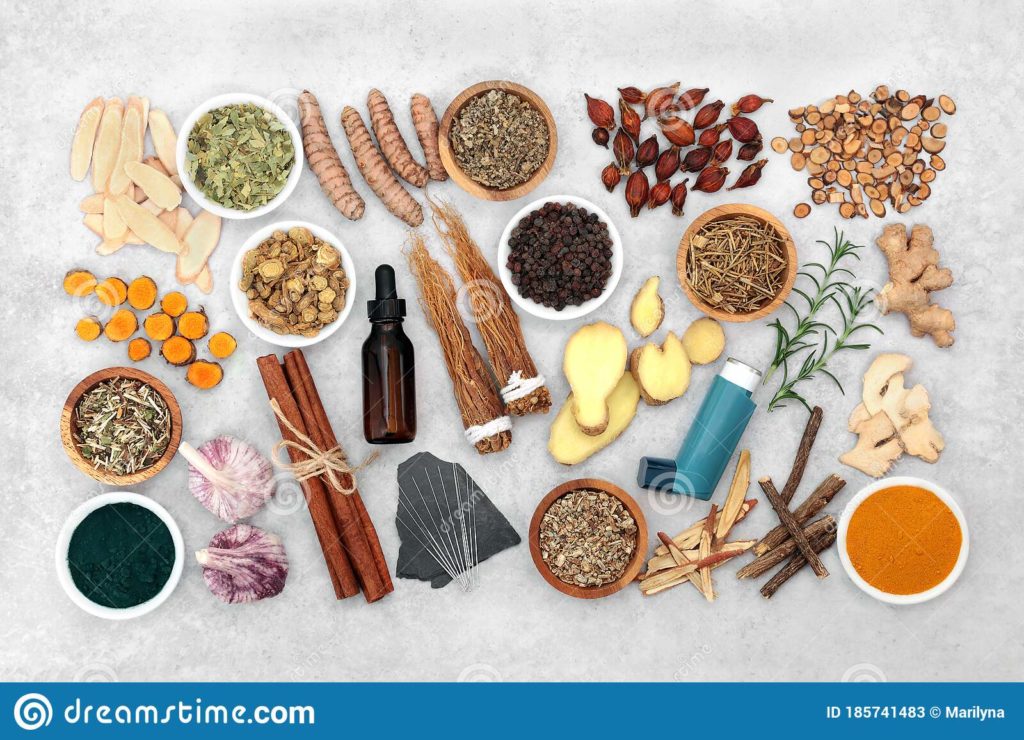Introduction:
Marijuana medicine is gaining traction. Evidence of cannabis health benefits is preliminary but promising. . The body of medical research grows, and we’re getting more proof of this plant’s therapeutic value with each passing day.
Numerous reports suggest that high THC cannabis seeds might be healing powerhouses of a similar level. Although much of the evidence is still inconclusive, but one conclusion stands marijuana isn’t a cure-all but its applications are broader than you might expect.
THC, CBD, and Terpenes
What are the health benefits of cannabis? This plant’s therapeutic properties seem vast. The reason might lie in its complex chemical makeup.
Marijuana cannabinoids and terpenes are responsible for flavors, effects, and health benefits. CBD has been in the spotlight of alternative medicine for years now, but the focus shifted with additional information. Without getting into the nitty-gritty of it, here are the three categories of compounds that produce cannabis health benefits:
- Cannabidiol (CBD) is a non-intoxicating component. It’s studied as a physical and psychological wellness booster, inhibiting numerous conditions.
- Tetrahydrocannabinol (THC) is a psychoactive compound. It binds to the endocannabinoid system, controlling pain responses, mood, and appetite.
- Terpenes are aromatic compounds. They might tailor THC and CBD activities, making them antioxidant, anxiolytic, anti-inflammatory, and analgesic.
Benefits of Cannabis:
Lowers Blood Pressure
- Hypertension is the ‘silent killer’ among Americans, contributing to stroke and heart attack. Marijuana could offer short-term and long-term blood pressure reduction.
- Researchers are still theorizing an explanation. The most prominent hypothesis says that marijuana reduces stress and pain—which we know—and blood pressure drops as a result.
- Looking at this health benefit of cannabis use, it’s no wonder older people are becoming the prime demographic for medical marijuana.
Reduced Inflammation:
- Marijuana has long been soothing joint pain. Recent research suggests that we could expand this application to inflammatory conditions in general.
- Scientists believe that CBD and THC create brain pathways to reduce the body’s response to inflammation.
- These chemicals could alleviate symptoms of Crohn’s disease, IBS, arthritis, injury pain, and other inflammatory issues.
- As marijuana becomes more accessible, this cannabis health benefit can become vital for many people’s daily functioning.
Prevents Relapse:
- Many people associate cannabis with addiction, but science disagrees. Studies propose marijuana use to prevent relapse in people struggling with alcohol and narcotic addiction.
- This health benefit of cannabis is two-fold. Consuming plenty of THC relieves anxiety and pain, helping people deal with withdrawal.
- Long-term CBD use could aid stress-induced cravings and impulse control issues that lead to relapse.
- The use of cannabis can help those dealing with more dangerous substances.
Reduces Depression
- Anxiety treatment is a well-known cannabis benefit for mental health. Lower doses of THC or any dose of CBD can assist with crippling symptoms. For this reason, many people suffering from anxiety and depression discuss using marijuana as a remedy.
- The plant might lower depression levels even without accompanying anxiety.
- CBD and THC can provide rapid, short-term relief, encourage healthier habits, and stabilize the mood. Regular CBD may balance serotonin levels in the long run, but psychiatric attention and tracking are necessary.
Easier Weight Loss
- Weight loss doesn’t always mean a wellness increase, but the two often coincide.
- On average, cannabis smokers appear to have lower body mass indexes than non-smokers.
- Long-term usage could actually reduce excessive weight.
- THC and CBD both have roles in this health benefit of cannabis use.
- THC often causes an appetite spike, but it might reduce energy storage in fat cells.
- CBD may suppress hunger and promote brown fat cell production, boosting the metabolism.
Glaucoma Prevention
- Glaucoma is a dangerous condition that could cause blindness if not treated rapidly and properly.
- Marijuana might improve symptoms and slow down progression, preventing or delaying vision loss.
- This health benefit of cannabis use has to do with THC. This compound dilates blood vessels surrounding the optic nerve. It lowers the pressure in the eyeballs, soothing pain and lowering the risk of complications.
- This activity is similar to traditional glaucoma medications, minus the side effects.
Cancer Treatment
- The final cannabis health benefit sounds the most bombastic, but it’s not mere sensationalism.
- Some studies suggest that cannabinoids might fight cancer cells and restrict metastasis.
- We’re still far from effective cancer treatment.
- Moreover, many cancer patients already use medicinal marijuana to fight chemotherapy side effects. This trend provides opportunities to explore and potentially harness the effect.
Conclusion:
In a nutshell, the health benefits of cannabis could be numerous and far-reaching. The main issue is that we still lack definitive research to support claims cropping up in scientific communities and push FDA approval. If cannabis generally sounds enjoyable, why not buy seeds and test these claims yourself if it is legal in your country.




